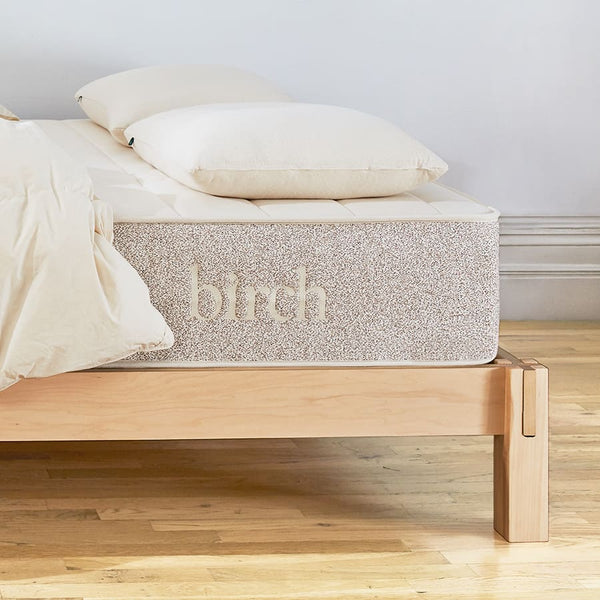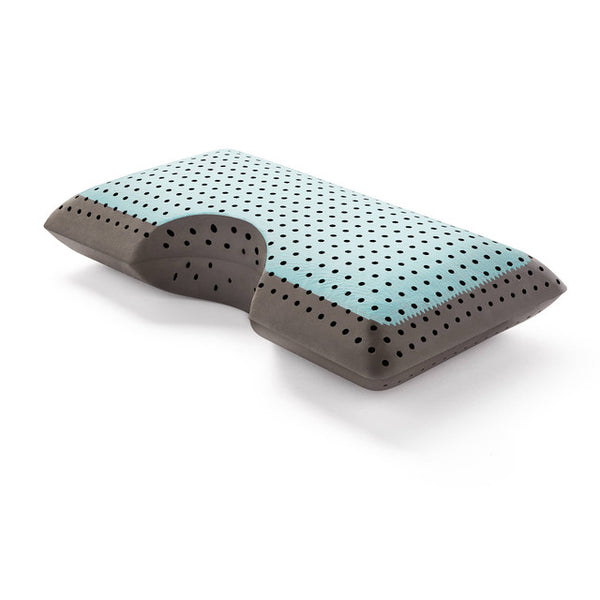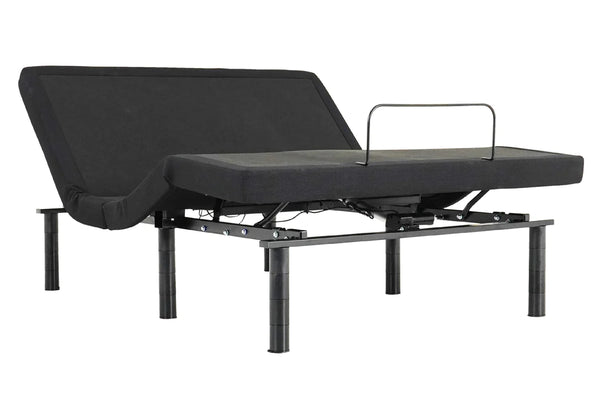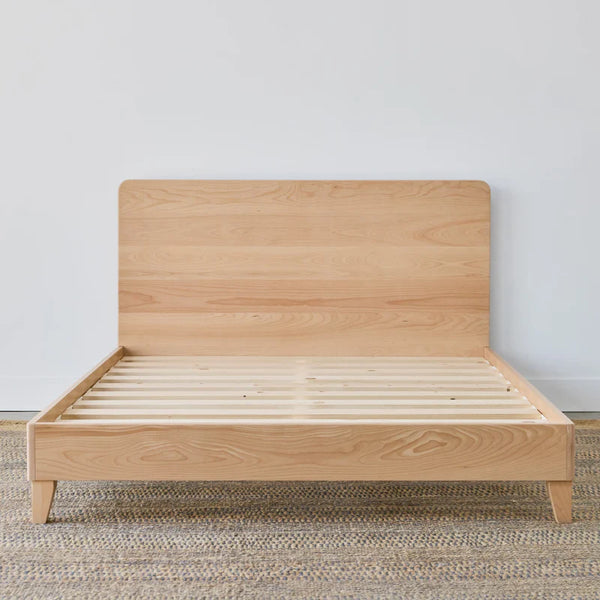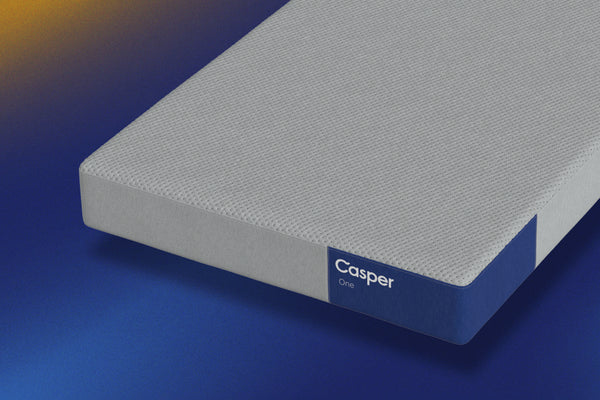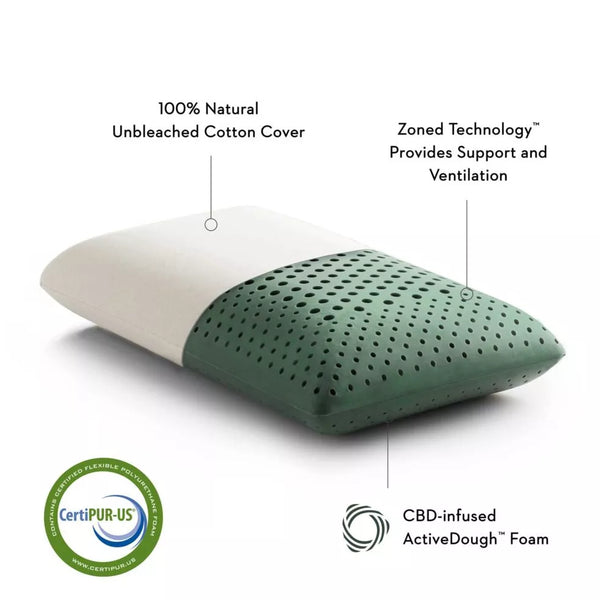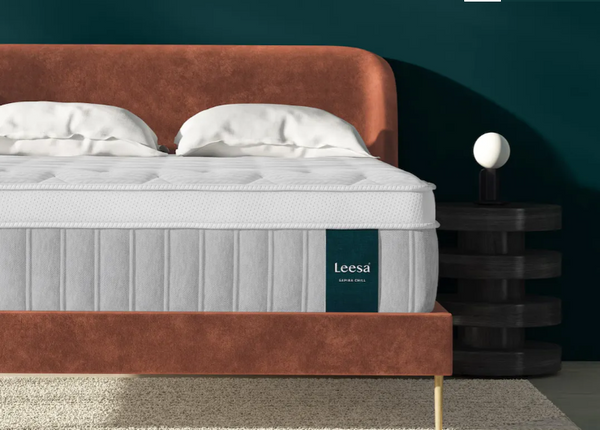
Frequently Asked Questions
1. Why is mattress care important?
2. How often should I rotate my mattress?
3. What type of mattress protector should I use?
4. How can I reduce odors in my mattress?
5. When should I consider replacing my mattress?
Your mattress is more than just a piece of furniture; it’s an investment in your health and well-being. Understanding how to care for your mattress can significantly extend its life and ensure a better sleeping experience. This guide will explore various aspects of mattress care, from cleaning and maintenance to protective measures that safeguard your sleep surface. So, let’s dive into the world of mattress care and discover how to keep your investment in tip-top shape.
The Importance of Mattress Care
Your mattress plays a critical role in your sleep quality. Proper mattress care not only maintains comfort but also promotes hygiene and reduces allergens. Regular upkeep can prevent sagging, increase durability, and enhance your overall sleep experience. By taking the right steps to maintain your mattress, you're ensuring that your investment continues to provide you with the restful nights you deserve.
Understanding Your Mattress Type
Before diving into care techniques, it's essential to understand the different types of mattresses available. Each type requires specific care considerations. Here are the most common mattress types:
Innerspring Mattresses
Innerspring mattresses, a traditional choice, are constructed with coils. They benefit from regular rotation to prevent sagging and uneven wear.
Memory Foam Mattresses
Memory foam mattresses conform to your body shape, providing excellent pressure relief. Avoid using excessive heat as it may degrade the foam over time.
Latex Mattresses
Latex mattresses are breathable and durable. Regular cleaning and dusting can maintain their resilience and hygiene.
Hybrid Mattresses
Hybrid mattresses combine both innerspring coils and foam layers for ultimate comfort. Follow care recommendations for both types to ensure longevity.
How to Maintain Your Mattress
Now that you understand the types, let’s discuss how to maintain your mattress to maximize its lifespan.
Regular Rotation
Most mattresses benefit from being rotated every three to six months. This practice prevents uneven wear, ensuring that all parts of the mattress experience equal pressure. With innerspring mattresses, rotating head-to-foot can extend the life of the coils, while memory foam and latex mattresses can be both rotated and flipped if designed for it.
Protect with a Mattress Protector
A good mattress protector is your first line of defense against spills, stains, and allergens. It shields your mattress from accidents, pets, and even dust mites. When choosing a mattress protector, look for breathable materials that do not trap heat.
Regular Cleaning
Regular cleaning is essential for maintaining a hygienic sleep environment:
- Dusting: Dust your mattress every month using a vacuum cleaner with an upholstery attachment to remove dust, dead skin, and allergens.
- Spot Cleaning: For stains, use a mild detergent mixed with water and dab the affected area with a soft cloth. Avoid soaking the mattress.
- Deep Cleaning: Consider deep cleaning your mattress every six months using a professional service or follow guides for DIY cleaning tailored to your mattress type.
Reducing Odors and Moisture
Your mattress can accumulate odors and retain moisture over time. Here are effective strategies to combat these issues:
Air It Out
Air out your mattress regularly by removing sheets and letting it breathe. If possible, place it in sunlight for a few hours, as UV rays can help eliminate bacteria and odors.
Using Baking Soda
Baking soda is a natural odor absorber. Sprinkle a layer across the mattress surface, leave it for a few hours, and then vacuum it up. This can freshen up the mattress and absorb any lingering smells.
Protecting Your Mattress from Damage
Being proactive about protection can prevent significant issues in the future.
Choose the Right Bed Frame
Your mattress needs adequate support. Ensure your bed frame or base is suitable for your mattress type, as poor support can lead to sagging and permanent damage.
Avoid Jumping or Sitting on the Edges
Although it may seem harmless, jumping on or sitting on the mattress edges can create stress points that lead to wear and tear. Encourage gentle use to prolong its life.
Control Room Temperature and Humidity
Extreme temperatures and humidity levels can affect mattress integrity. Keep your bedroom at a comfortable temperature and consider a dehumidifier in humid climates to prevent mold growth.
When to Replace Your Mattress
Signs Your Mattress Needs Replacing
- Sagging: Visible indentations can signal a loss of support.
- Aches and Pains: If you wake up with backaches or joint pain frequently, it might be time for a change.
- Allergic Reactions: Increased allergy symptoms can indicate that your mattress has accumulated dust mites or other allergens.
- Noisy Springs: For innerspring types, creaking or squeaking sounds may indicate internal wear.
The Impact of Sleep Position on Mattress Care
Your sleep position can affect your mattress wear over time. Understanding this interplay can inform better care practices.
Back Sleepers
Back sleepers may benefit from a medium-firm mattress that provides spine alignment. Ensure you rotate your mattress periodically to avoid sagging under where your body rests.
Side Sleepers
Side sleepers typically need softer mattresses that cushion the shoulders and hips. Monitor wear closely in these areas, as they can cause uneven dips.
Stomach Sleepers
Stomach sleepers generally require a firmer mattress to prevent the lower back from sinking too deeply. A good rotation routine helps maintain support in this scenario.
Embracing a Bedtime Routine for Better Sleep
Along with caring for your mattress, embedding a bedtime routine can enhance your sleep quality. Consider the following tips:
- Consistent Sleep Schedule: Going to bed and waking up at the same time aids your body’s natural clock.
- Relaxation Techniques: Engaging in relaxation methods like meditation, reading, or gentle stretching can help signal to your body that it’s time to sleep.
- No Electronics: Limiting screen time before bed can improve your sleep quality.
Final Thoughts: Invest in Your Rest
Caring for your mattress is an investment in your rest and recovery. By following the guidelines laid out in this comprehensive guide, you can ensure that your mattress remains a source of comfort and support for years to come. Prioritize your sleep hygiene, rotate regularly, and maintain a clean and well-protected environment to fully benefit from your bedding investment. Remember, a well-cared-for mattress is key to a great night’s sleep!

